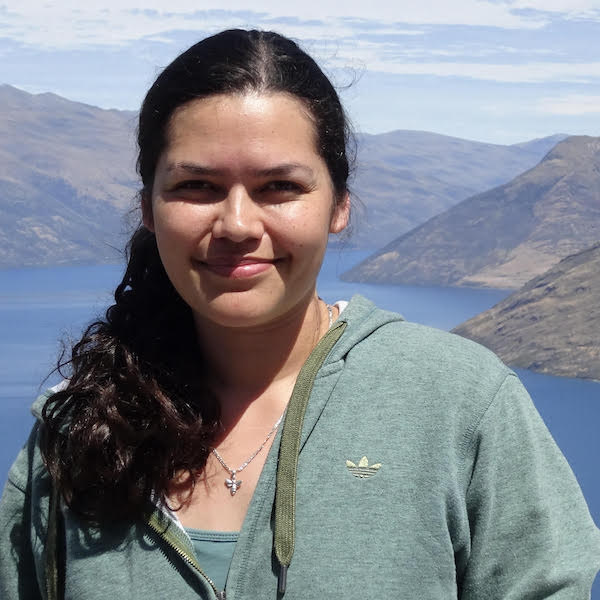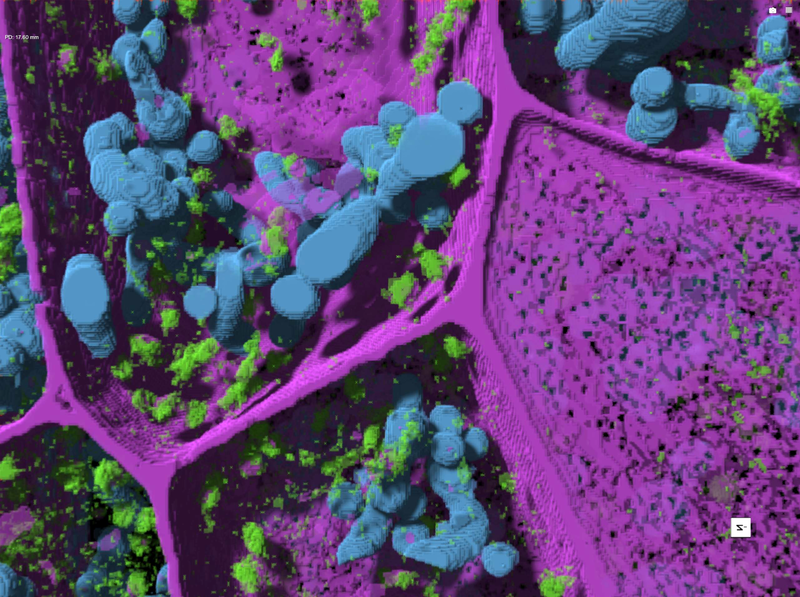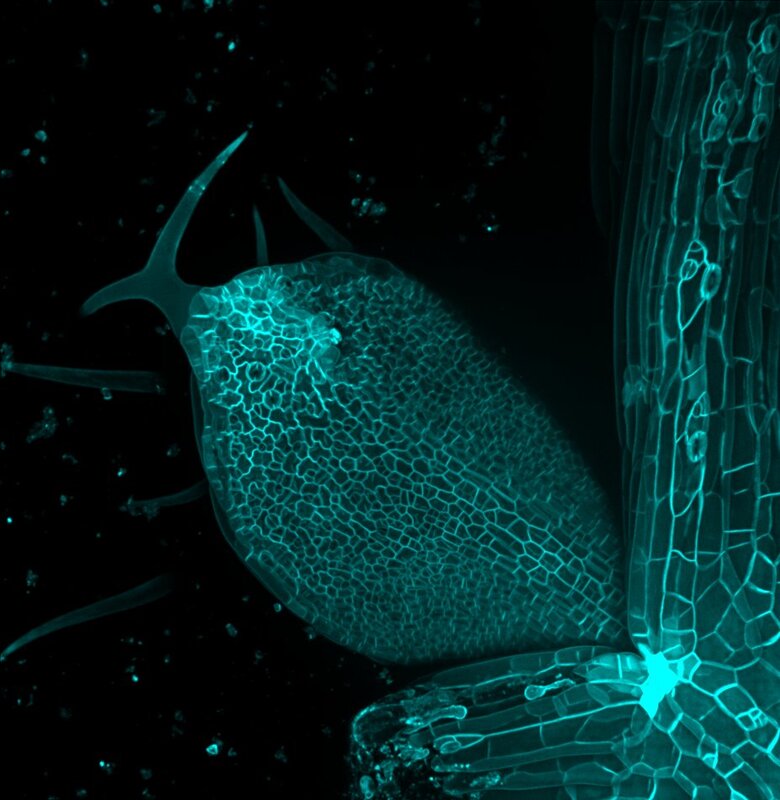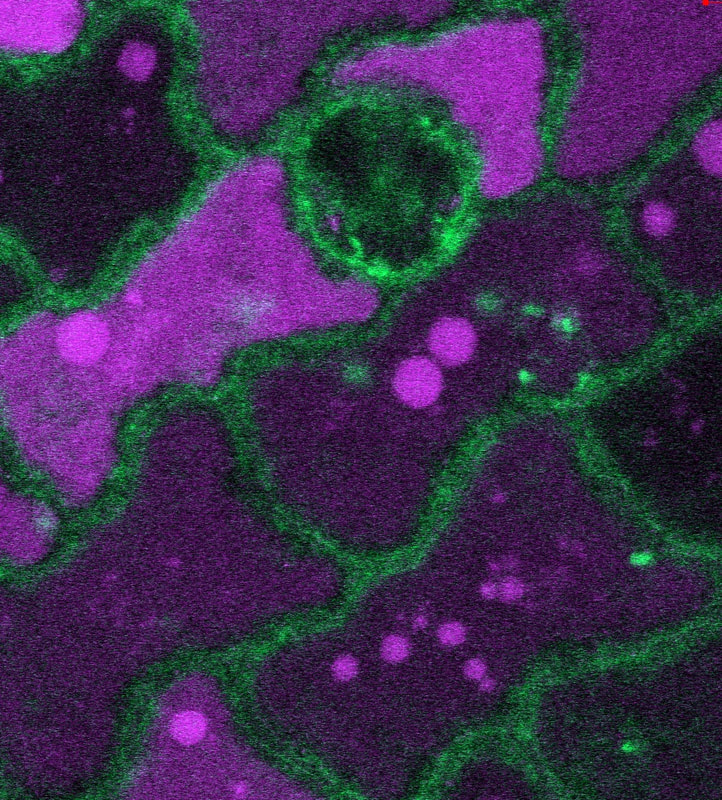2022 PCA Travel Award Recipients
|
Maketalena Aleamotu’a
I am Maketalena Aleamotu’a from the Kingdom of Tonga, a small Polynesian nation in the South Pacific. I undertook my undergraduate degree and MSc at the University of Canterbury in New Zealand, with my Master’s research focused on identifying single-stranded DNA viruses from Tongan bat guano. Having always had an interest in how plants work at the molecular level, I changed fields to plant biology for my PhD. My recently submitted thesis (University of Newcastle, Australia) investigated the cellular and molecular biology of phi thickening development in Brassica roots, and identified novel genetic loci linked to jasmonic acid-induced phi thickening development |
Iman Yangaza
Iman is an Assistant lecturer in the Department of Botany, University of Dar es Salaam. He holds MSc in Climate Change and Sustainable Development and a BSc in Molecular Biology and Biotechnology from the University of Dar es Salaam. Iman is currently a Ph.D. student in the Department of Botany at the University of Dar es Salaam. His research is on assessing Avocado's (Persea americana) genetic diversity and productivity in Tanzania. He has attended training, including plant tissue culture in India (2017) and plant molecular biology in Kenya (2021). His interest is in plant biology, climate change, and scientific data mining. |









